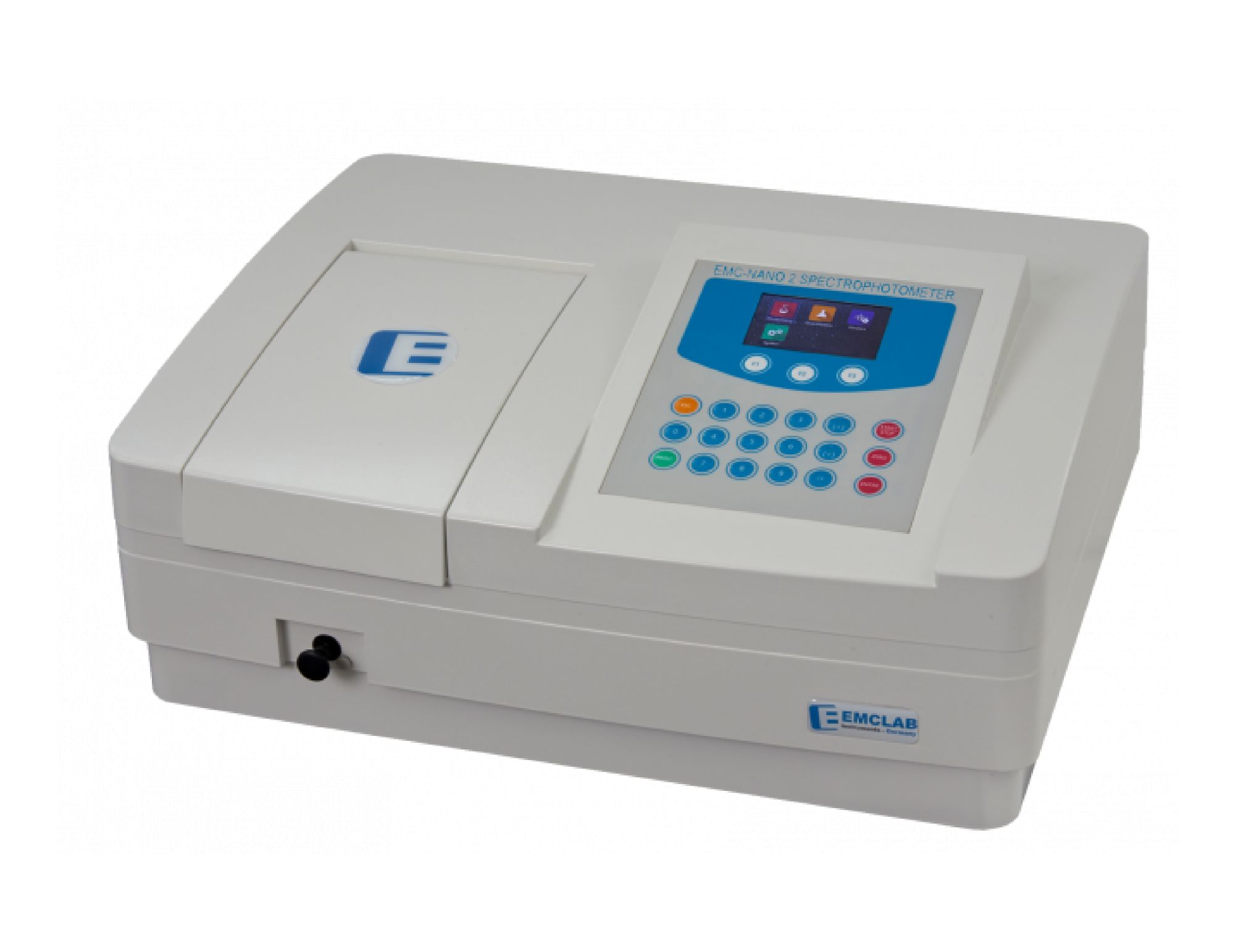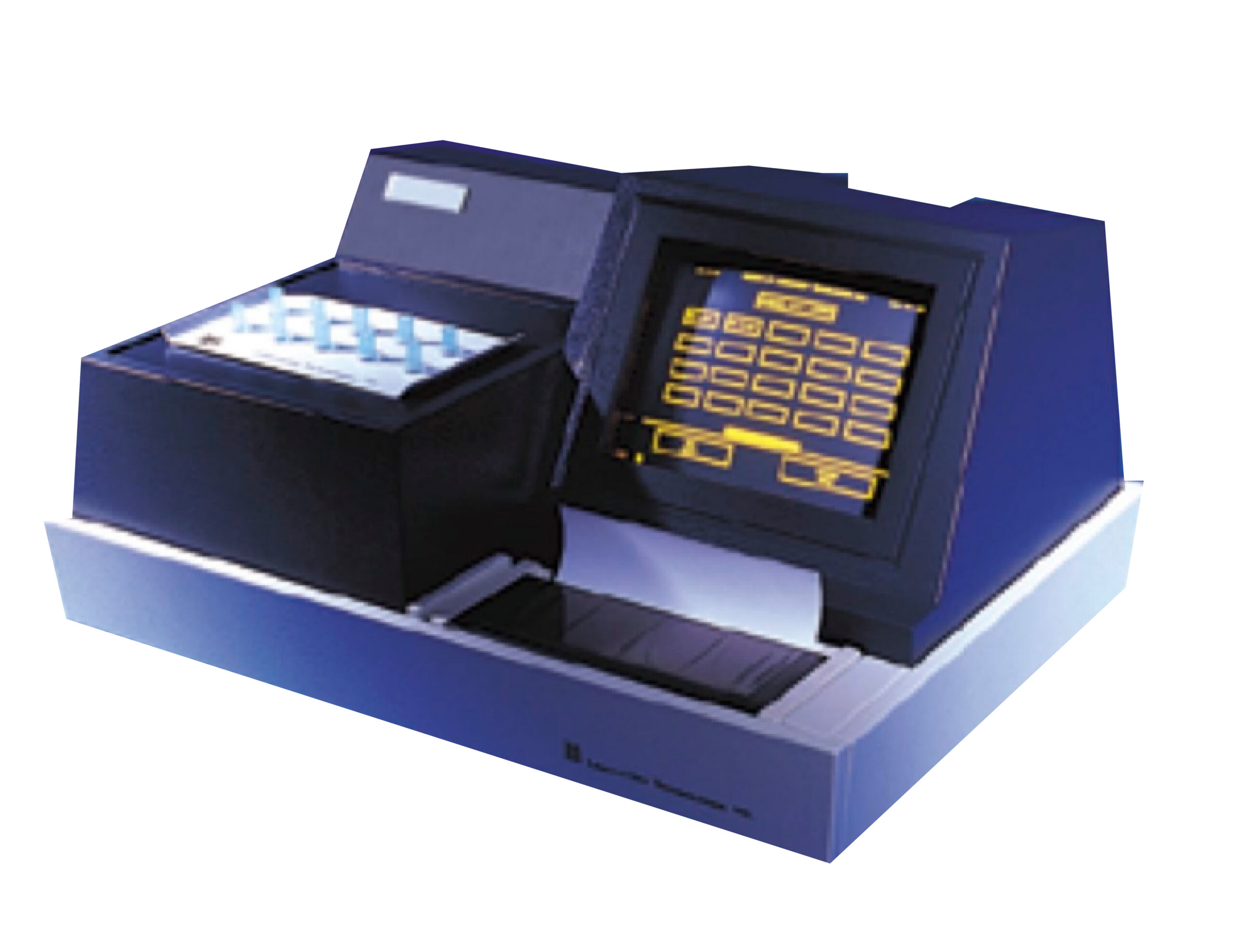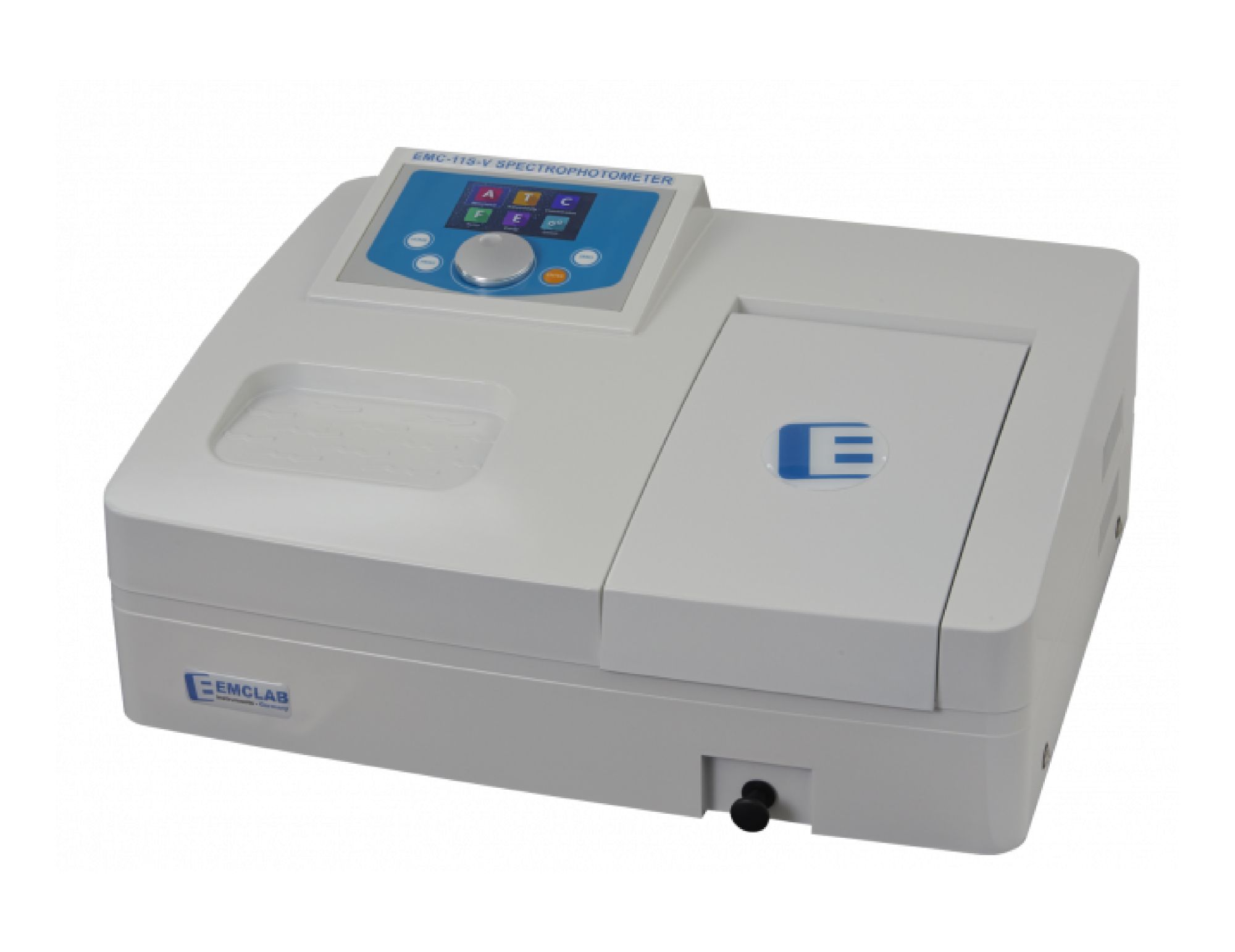EMC-11
PRODUCT DESCRIPTION
EMC enables compliance with legal requirements in various countries also it gives conformity evaluations from an independent third partyProject Details
Safety and compliance are twin pillars of EMC certification
/tuv-rheinland-certificate-sample-en.png_core_1_x.png)
Manufacturers of electric and electronic devices in a wide range of industries, from automotive and railway to household and leisure goods to medical and laboratory equipment want to ensure that their products function safely and effectively. Electromagnetic interference and susceptibility that is merely annoying in one context can be life-threatening in another. To prevent this, electric and electronic devices have to adhere to electromagnetic compatibility (EMC) guidelines and must bear the CE marking. Anybody wanting to bring such products onto the European market has to comply with the EMC directive 2014/30/EU.
Our EMC testing regime takes these standards into account, issuing certification for compliance with international market regulations. Testing is carried out by experts in our state-of-the-art laboratories or, in many cases, conveniently on-site. We are thorough, awarding a test mark only after both an initial inspection and repeated checks of production sites.
We have earned the respect and trust of industry leaders and international authorities. As a “Notified Body” within the framework of the EMC directive in Europe and listed by the US Federal Communications Commission, our test mark reflects a commitment to excellence recognized globally.
Are you interested in our EMC testing services? Contact us now to request a quote!
EMC testing for market access and a competitive edge
/tuv-rheinland-eloctromagnetic-compatibility-emc-visual-en_core_1_x.png)
Wherever you market your electric or electronic products, from Europe to Australia, Japan to North America, you are required to meet EMC regulations. Undergoing testing and obtaining certification by a respected third party service provider not only ensures market access, but sends a signal to consumers within those markets. You gain a competitive edge with our test mark, which signals quality and gives customers a reliable point of reference when making decisions in an increasingly competitive environment.
Electromagnetic compatibility testing, certification and monitoring
We provide thorough, impartial testing for the key stages of your product development:
- Testing in the development phase to spot potential problems early and reign in costs
- Testing at the final prototype stage prior to production, complete with a test report for market regulators and stakeholders
- Random sample testing during mass production as part of a quality assurance program
Our experts will evaluate the electromagnetic compatibility of your product in only three steps:
- Testing of the product according to the 2014/30/EU EMC directive: The equipment must be designed so that the electromagnetic frequencies do not interfere with the function of other products and vice versa.
- Issue of the EMC test report
- EMC certification
In our highly-equipped testing labs focus on the following areas: Alarm systems, automotive/e-mobility, components, electric smog measurements, household and leisure products, industrial products, information technology, laboratory products, lights, medical devices, motor vehicle accessories/parts, railway technology products.
We can also conduct numerous measurements at short notice and on site in our mobile laboratory.
Your electromagnetic compatibility certification in capable hands
Our laboratories and experts around the globe have solidified our reputation as a reliable EMC testing and certification provider. We offer expertise in a wide range of industries and extensive knowledge of applicable regulations in countries and regions around the world. Our test mark is synonymous with quality and allows you to access essential certification program characteristics with a QR code. We strive to make testing simple, fast and transparent for customers and provide easy access to certification information on our certificate database Certipedia.
Contact us to get started on EMC testing for your products.
FAQ: Frequently asked questions about EMC testing
Here you can download our whitepaper: “EMC In Action”?
| Managing electromagnetic interference for safer and more successful products | 3 MB | Download |
List the tests
Harmonics Current Emission:
Harmonic Current Emission Test is performed to measure the Harmonic current injected by the Load back on low-voltage alternating-current public mains networks.
Voltage Flicker and Fluctuations:
The specific section of IEC 61000-3-3 / EN 61000-3-3is concerned with the limitation of voltage fluctuations and flicker impressed on the public low-voltage system. It specifies limits of voltage changes that may be produced by equipment tested under specified conditions.
Conducted Emission on Mains Port:
Conducted Emission test on Mains input is performed to measure and limit the conducted noise given out from any Electrical or Electronic products to Public Mains network.
Conducted Emission on Telecom Port:
Conducted Emission test on telecom ports is performed to measure and limit the conducted noise given out from Telecom port to the telecom Cable which would interfere with other coupling cables or other terminating products in the network.
Radiated Emission:
Radiated Emission test is performed to in measure and limit the Radiated noise given out from any Electrical or Electronic products to the environment.
Electro Static Discharge (ESD):
Electro Static Discharge (ESD) test is performed to check the EUT’s capability to withstand the static charges generated by the user during normal use.
Radiated Susceptibility:
Radiated Susceptibility test is performed to check the EUT’s capability to withstand the Radio Frequency Interference from neighboring equipment within that environment.
Power Frequency Magnetic Field:
Power Frequency Magnetic Field test is performed to check the EUT’s capability to withstand the Magnetic Field Interference from neighboring equipment within that environment. EUT with Hall sensitive components will be sensitive to Magnetic Field.
Pulse Magnetic Field:
Pulse Magnetic Field test is an impulse magnetic fields related to the specific location and installation condition of the equipment (e.g. proximity of equipment to the disturbance source). This test is performed to check the EUT’s capability to withstand the Pulsed magnetic field immunity for the equipment installed in H.V. sub-stations, electrical plants, and telecontrol centers. A pulse magnetic field may also be generated by the switching of H.V.bus-bars and lines by circuit breakers.
Electrical fast transient (EFT):
Electrical fast Transient Test is performed to check the EUT’s capability to withstand the repetitive fast transient / bursts consisting of a number of fast transients, coupled into AC mains of power supply control, signal and earth ports of electrical and electronic equipment. Significant for the test are the high amplitude, the short rise time, the high repetition rate and the low energy of the transients.
Electrical Fast Transient test is intended to demonstrate the immunity of electrical and electronic equipment when subjected to types of transient disturbances such as those originating from switching Transients through AC port of Power Supply.
Surge:
High Voltage Surge Test is performed to check the EUT’s capability to withstand High currents which can pass through the EUT’s power port that are mainly generated by Lighting, Switching etc.
Conducted RF:
Conducted RF Test is performed to check the EUT’s capability to withstand Conducted Noise in the frequency Spectrum which can enter from the Public Mains through the Power supply / Signal ports.
Disturbance Power:
Disturbance Power is to measure the interference mostly radiated by the part of the mains leads and other leads near the appliance. It is therefore agreed to define the disturbing capability of an appliance as the power it could supply to its leads. This power is nearly equal to that supplied by the appliance to a suitable absorbing device placed around these leads at the position where the absorbed power is at its maximum.
Clicks / Discontinuous Disturbance Test:
Clicks / Discontinuous disturbance test is performed to measure the duration of an interference generated during discontinuous switching operation which will occur in any household appliance or those products which are used in Residential or Light industrial environment.
Automotive Products
- We can test all automotive electronic and electrical subassemblies / products, components.
- Relays, Sensors, Switches, Flashers, Regulators
- Infotainment and Communication Equipments
- Wiper Motor, Windshield Washer Assembly, Fan Motor Assembly, Alternate Current Generator, Starter Motor Assembly, Power Window Motor and all other motor assemblies
- Engine Control Units
- Immobilizers
- Keyless entry systems
- Car Security systems
- Display systems
- Automotive Lighting
- Fans used in automobiles



